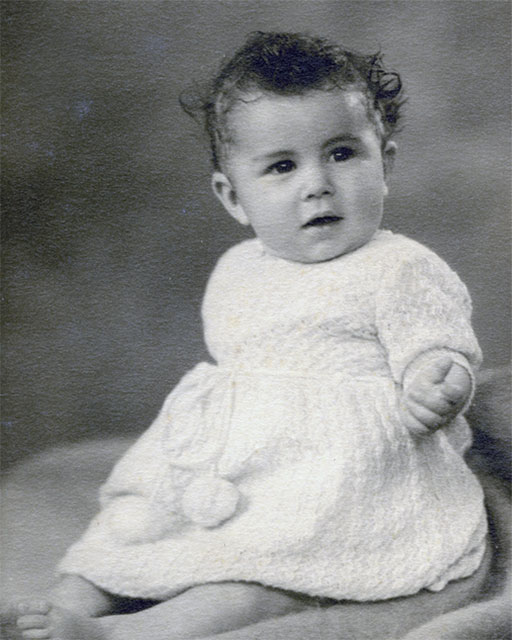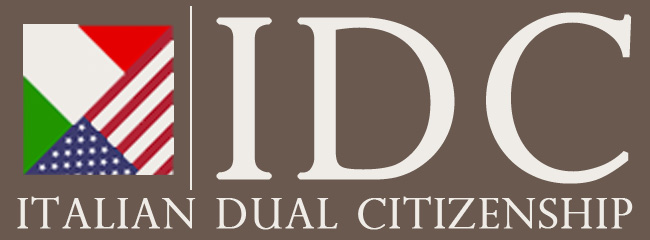
Italian citizenship by descent, known as Jure Sanguinis, can often be seen as very complicated and difficult to understand. While it is true that there are certainly a number of different factors that can seem mired in the past, this article should help to clear away much of the confusion surrounding the topic.
First, let’s take a closer look at the term Jure Sanguinis. It is a Latin phrase that means “right of blood”. It is used in citizenship law to help determine citizenship for a child based on the nationality of one or both of their parents at the time the child is born. In some cases, such as the United States, children at birth are considered to be citizens of the United States. Other times, regardless of where the child is born, the child is considered a citizen of the nation if one or both of their parents have citizenship of another nation. This is the case with Italy.
You will find that most nations will utilize Jure Sanguinis at least to some degree today. In addition, the right to claim citizenship in more than one country can be conferred by either parent. In the past, things were different. In fact, it was only after January 1, 1948, that Italy provided the right for women to transfer citizenship to their children.
What Makes a Person Eligible?
Someone who can prove that they have eligibility to become an Italian citizen by descent will generally need to have been born to a person who was of Italian descent who was either a citizen of Italy or who would have been eligible for citizenship. It is also possible in some instances for someone to be adopted into a family line by a parent who is Italian or who has the right to Italian citizenship.
There are certain requirements that will need to be met, but they are relatively easy to understand. Let’s look at each of them.
- The person who is applying will need to be of Italian descent or adopted by a person of Italian descent as a minor. The rules for minors differ based on when the adoption took place. The age before 1975 was 21 years old and after 1975 it changed to 18 years old.
- The applicant will also need to make sure that their Italian ancestor was alive and a citizen of Italy after the formation and unification of the country in 1861.
- The applicant’s Italian ancestor must also not have lost their Italian citizenship. For example, if they naturalized in the United States before their child was born in the United States, the applicant will not qualify. In some cases ‘how’ your ancestor naturalized can also determine if you may qualify or not. For this reason we always recommend having our team assess your case free of charge or obligation.
What Would Make a Person Not Eligible?
While it is easier now to see what would help to make a person eligible for dual citizenship, it is also important to get a look at examples of what would prohibit someone to get Italian citizenship through descent.
- If the applicant does not have any ancestry or familial connections in Italy, they would not be able to get citizenship in the country by descent. There are still ways to become a citizen of Italy, but not through descent.
- If the applicant is not of Italian descent and they marry someone who is of Italian descent, this does not provide them with eligibility for citizenship by descent. If the spouse is eligible for Jure Sanguinis, and they go through the process, the person marrying them could become an Italian citizen through another procedure known as Jure Matrimonii.
It is also interesting to note that if a woman married an Italian man before 1983, and that man was still a citizen or is eligible for citizenship by descent, the woman could be considered a citizen of Italy. However, it is not through Jure Sanguinis. If he’s already a citizen, then she would likely be recognized as a citizen automatically. If he isn’t a citizen but goes through Jure Sanguinis, she would then be a citizen.
- If the applicant’s family did originally come from Italy, but the ancestor became a naturalized citizen of another country before having a child in another country, they would not be eligible for citizenship by descent.
- If the applicant has a family line that features an Italian woman who gave birth before 1948. Even though the child is in the line of ascendancy, it does not mean that the applicant would be entitled to citizenship. The laws at the time were different for women, who had fewer rights. However, it is still sometimes possible to go through the courts in Rome (1948 case) to attempt to gain citizenship this way.
While it is now easier to understand what it takes to become a dual citizen using Jure Sanguinis, it is still not always easy to understand all of the paperwork and processes that you will need to go through. In fact, it can sometimes be difficult to find all of the documents that are required. Rather than attempting to navigate the path to dual citizenship with Italy on your own, it makes more sense to work with the experts who can help. Get in touch with the official Italian citizenship professionals at IDC that can put you on the path to citizenship.
In some cases, even if you are not able to get dual citizenship in Italy through your ancestors, it is often still possible to go through other immigration processes to get citizenship. Contact us to learn about the best option for you.
This page was last updated by Jason LoPresti
Additional Resources:
- Italian dual citizenship through great grandparents
- Apply for Italian dual citizenship
- Dual citizenship Italy and UK
- What are the requirements for citizenship in Italy
- Italian citizenship by civil union
- Italian citizenship by blood
- Dual citizenship Italy and Canada
- Italian citizenship in Australia
- Dual citizenship Italy and Brazil, and South America
- Renewing an Italian passport
- How can I become an Italian citizen
- Benefits of having Italian citizenship





